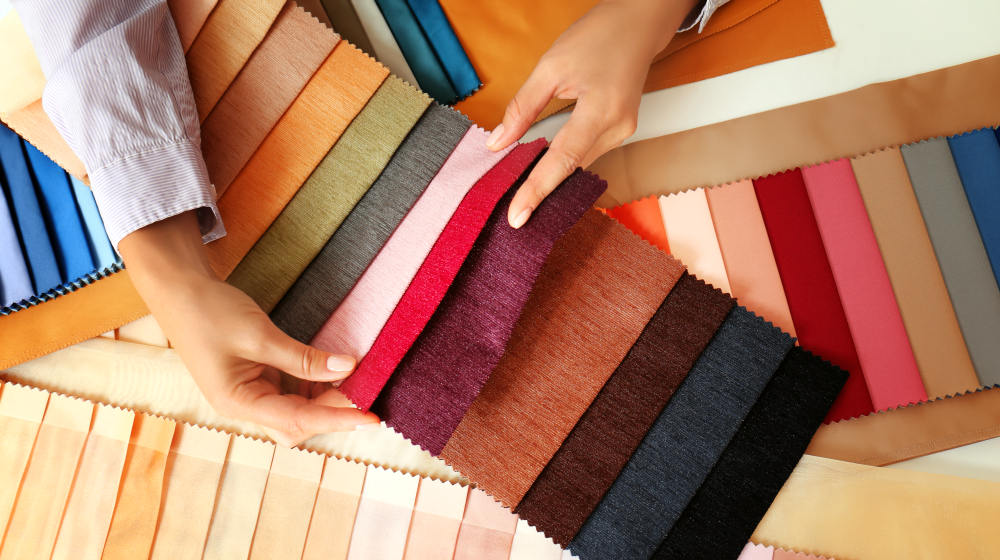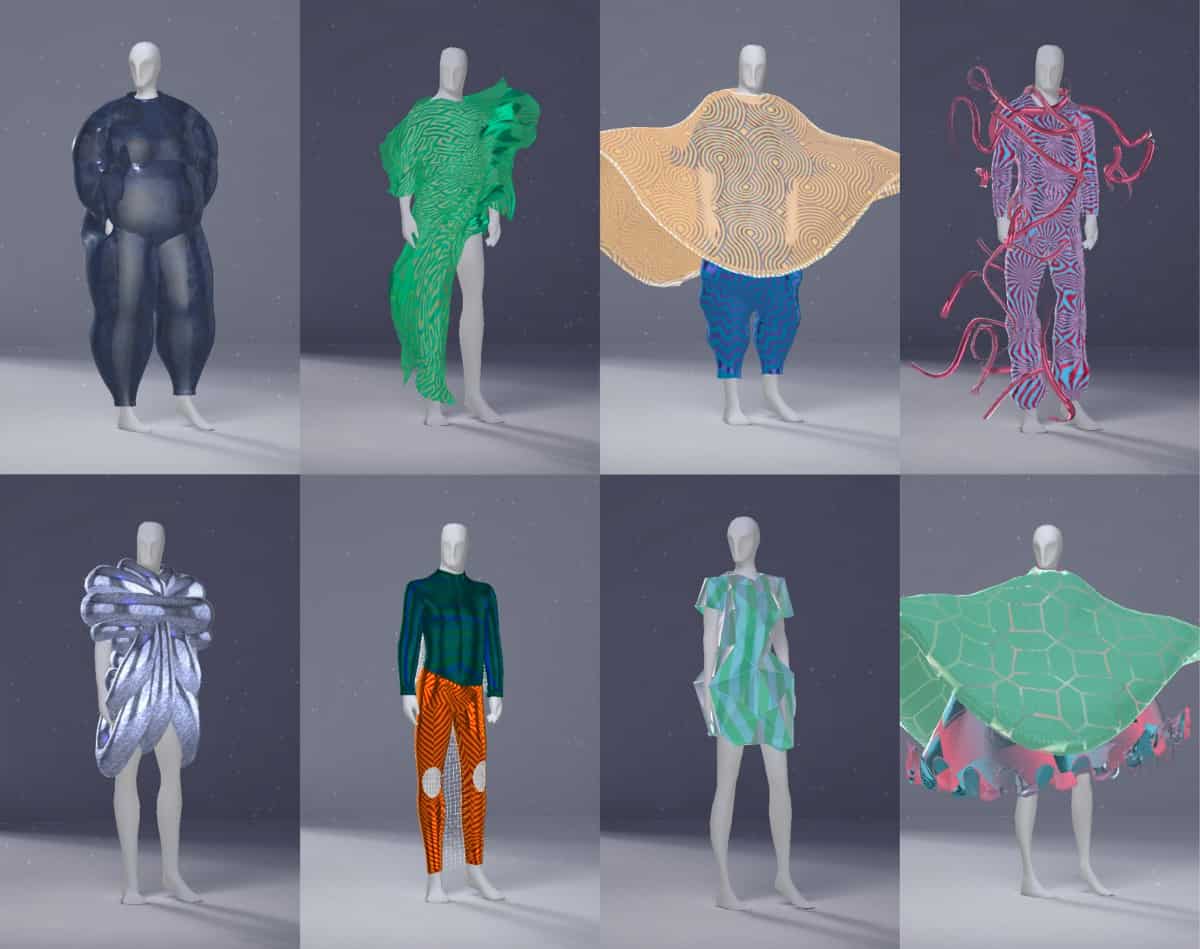By Erika Koutroumpa,
In the past few years, Artificial Intelligence has proved to be a burgeoning industry, getting more and more entangled with daily life. Various tasks can now be automated with a click of a button, like writing an assignment or finding the best plane ticket offer, and now it can even generate prints and fabric patterns. How will this influence the fashion industry and can it compete with man-made designs?
An online pattern-making tool that has been gaining popularity among the media is Fabric Genie, powered by UK-based textile business, The Millshop Online. The user enters their preferences, such as the background color, the theme and the elements to be featured and within 5 minutes 4 variations of the design requested are presented. The pattern can then be printed onto either cotton or linen fabric to be used in upholstery or curtains.
The use of artificial intelligence in textiles is nothing new, as it started being implemented at the beginning of the 21st century for fabric inspection and article manufacturing. Nowadays, the priority in garment manufacturing is placed on computer-integrated manufacturing among other things, since AI can transform large amounts of qualitative data and spot trends and patterns. Using this type of company can prove to be a boon for designers, cutting down working times in the creative process or research phase. Now by using expert system shells- programs designed by specialists in computer science, to allow the user to focus on the development of the knowledge base alone without concerning themselves with the program development- the use of AI has been made easier for experts outside the area of computer science. According to AI consultant Danny Richman, who was responsible for the fruition of the project, the algorithm used in Fabric Genie was AI-generated, showing the revolution that AI has commenced in the coding sector- anyone with an idea can create their software relatively easily, with no prior coding experience needed.

Despite the revolution that it is bringing to the sector, there are still several issues with AI-generated fabrics. As has been mentioned before, these fabric patterns that are created are, but an algorithmic average of previously existing ones found in the machine’s database, which cannot be altered much like with other generative applications of this technology. Additionally, there are doubts about whether algorithm creations can be considered of artistic value, especially compared to man-made design. Furthermore, AI-made textile designs so far are printed onto pre-existing material, much like printing an image on a blank paper sheet. They do not possess the same material quality as man-made designs, which are woven into the fabric. Hence, there are significant price differences between the quality man-made and inexpensive AI-generated fabric.
Another question that may arise is who owns the AI-generated designs. In the case of FabricGenie, it is explicitly stated in the website’s FAQs that while users can take advantage of the design for commercial use, they do not own the copyright behind the image. However, more generally speaking textiles present challenges to copyright law and fashion companies complain of system abuses. Pattern designs often are made up of redundant patterns consisting of finite elements and shapes so it is not as evident as in other media, whether there is infringement or not. Under current English law, there is no copyright infringement regarding AI-made designs based on existing human-made ones, if you have requested something “in the style of”. Another question is whether the databases of these generative AI machines are being used lawfully, and more importantly, if copyright can be claimed behind these images/designs. According to a Washington D.C. court verdict earlier this year, generative AI art cannot receive copyright, unless there is displayable human input. The legal framework for this kind of technology has just started being formed, and this poses an extra challenge to the tricky nature of fabric pattern copyright.
To conclude, generative AI is a tool that only recently has fallen into the hands of consumers and artists alike, opening new doors to creativity and design. However, legitimate questions are being posed, both regarding the artistic quality of the design as well as the legal side- whether these designs can be used in marketable objects, if they can be protected by copyright, and even if the use of these algorithms can be considered as copyright infringement.
References
- “Artificial intelligence and its applications in textiles”, S.S Doke and N Shanmugam, Asian Textile Journal, Volume 11, No 7, July 2002
- “AI-designed fabric is here”, Fred Nicolaus, 12 July 2023, Business of Home. Available here
- “Textile design copyright Remain Tricky After High Court Ruling”, Kyle Jahner, 28 February 2022, Bloomberg Law. Available here




